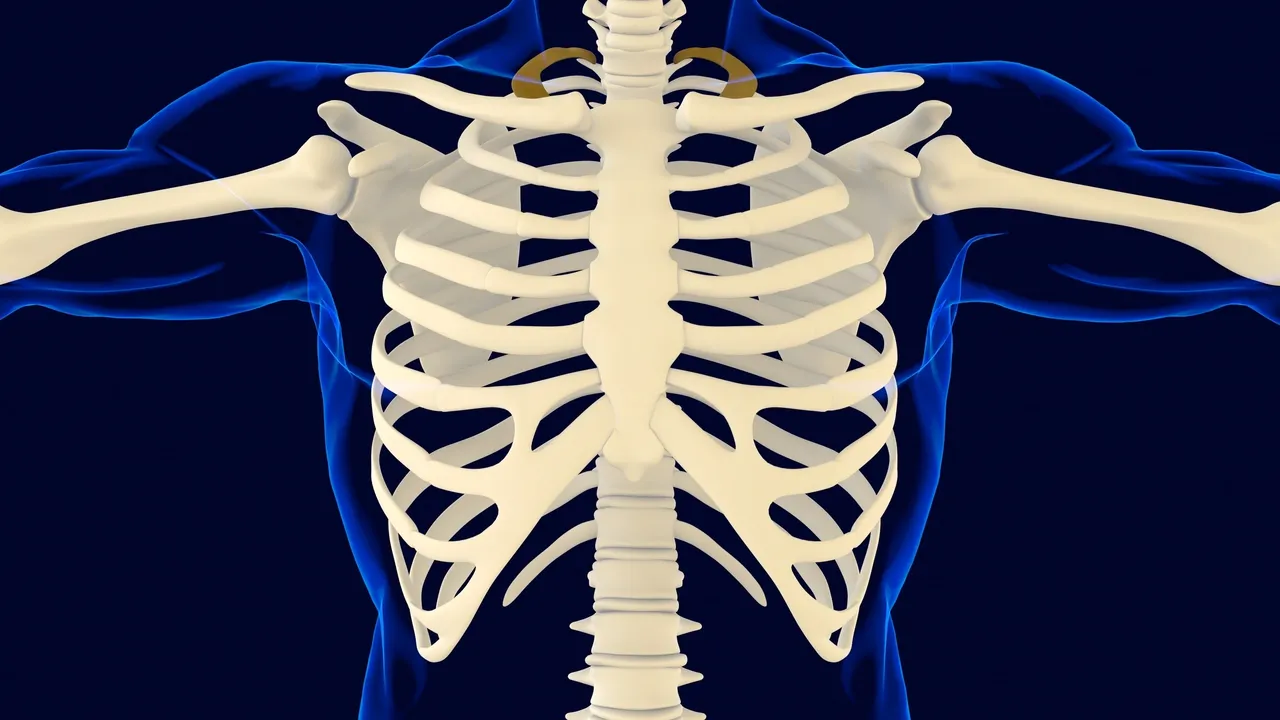We are Douglas County’s highest rated physical therapy clinic. Just check out our google reviews! People from Roseburg, Winchester, Winston, Green, and Sutherlin love our services. Now continue to our article to read more!
First rib dysfunction is a condition that affects the first rib in the chest, which connects to the collarbone and sternum. When the first rib becomes misaligned or moves out of its normal position, it can cause a variety of symptoms and discomfort. In this article, we will explore the causes, symptoms, and treatment options for first rib dysfunction.
Causes of First Rib Dysfunction
There are several factors that can contribute to first rib dysfunction, including:
- Poor posture: Consistently poor posture can lead to misalignment of the first rib.
- Trauma: Direct trauma or injury to the chest can cause the first rib to become dislodged.
- Repetitive motion: Repeated motion of the arm or shoulder can cause the first rib to become misaligned over time.
- Muscular imbalances: Muscular imbalances in the shoulder or neck can cause the first rib to become misaligned.
Symptoms of First Rib Dysfunction
The symptoms of first rib dysfunction can vary depending on the severity and cause of the condition. Common symptoms may include:
- Pain or discomfort in the neck, shoulder, or upper back
- Numbness or tingling in the arm or hand
- Weakness in the arm or hand
- Headaches or migraines
- Fatigue or weakness in the affected area
- Swelling or inflammation in the area around the first rib
Diagnosis and Treatment
To diagnose first rib dysfunction, a healthcare provider will perform a physical examination and may order imaging tests such as an X-ray or MRI. Once diagnosed, treatment options may include:
- Physical therapy: A physical therapist can help to address muscular imbalances and provide exercises to improve posture and alignment.
- Massage therapy: Massage therapy can help to relax tight muscles and improve circulation in the affected area.
- Medications: Over-the-counter pain medications or muscle relaxants may be recommended to manage symptoms.
- Surgery: In severe cases, surgery may be necessary to correct the alignment of the first rib.
Prevention
To prevent first rib dysfunction, it’s important to maintain good posture, especially when sitting or standing for extended periods. Regular exercise and stretching can help to improve flexibility and reduce the risk of muscular imbalances. If you have a job or activity that requires repetitive motion, take frequent breaks and use proper form to reduce the risk of injury.
Conclusion
First rib dysfunction is a condition that can cause significant discomfort and impact daily life. While treatment options are available, prevention is key to avoiding this condition. If you are experiencing symptoms of first rib dysfunction, it’s important to consult with a healthcare professional to determine the underlying cause and develop an effective treatment plan.


